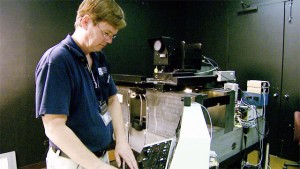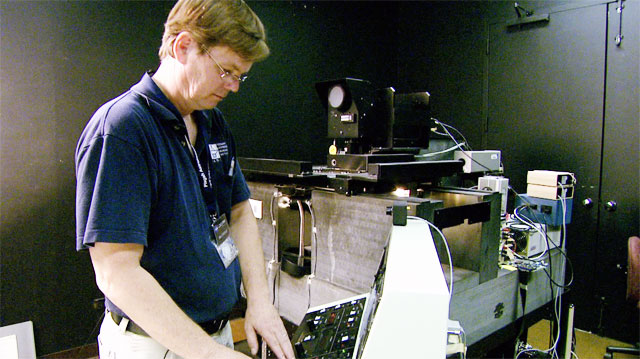
Dr. Michael Castelaz, the Science Director at the Pisgah Astronomical Research Institute, knows GAMMA II is a sleeping giant. He just needs a little help waking up the beast.
GAMMA II and its sister, GAMMA I, are legendary imaging machines that were used to create the 19-million strong Guide Star Catalogue for the Hubble Space Telescope (HST). Think of the Guide Star Catalogue as a souped-up GPS, enabling the Hubble to set its scope on stars thousands of miles away.
Four years ago, the Space Telescope Science Institute at Johns Hopkins University announced it was retiring the image-makers after nearly 20 years of service.
The news swept across the astronomy community and Castelaz and his colleagues at PARI jumped at the opportunity to bring the GAMMA machines to their Western North Carolina campus and reconfigure them for a new cataloging gig.
“It’s old, but it’s still state of the art. It’s incredible what was done in terms of designing these instruments and getting them going,” Michael Castelaz.
